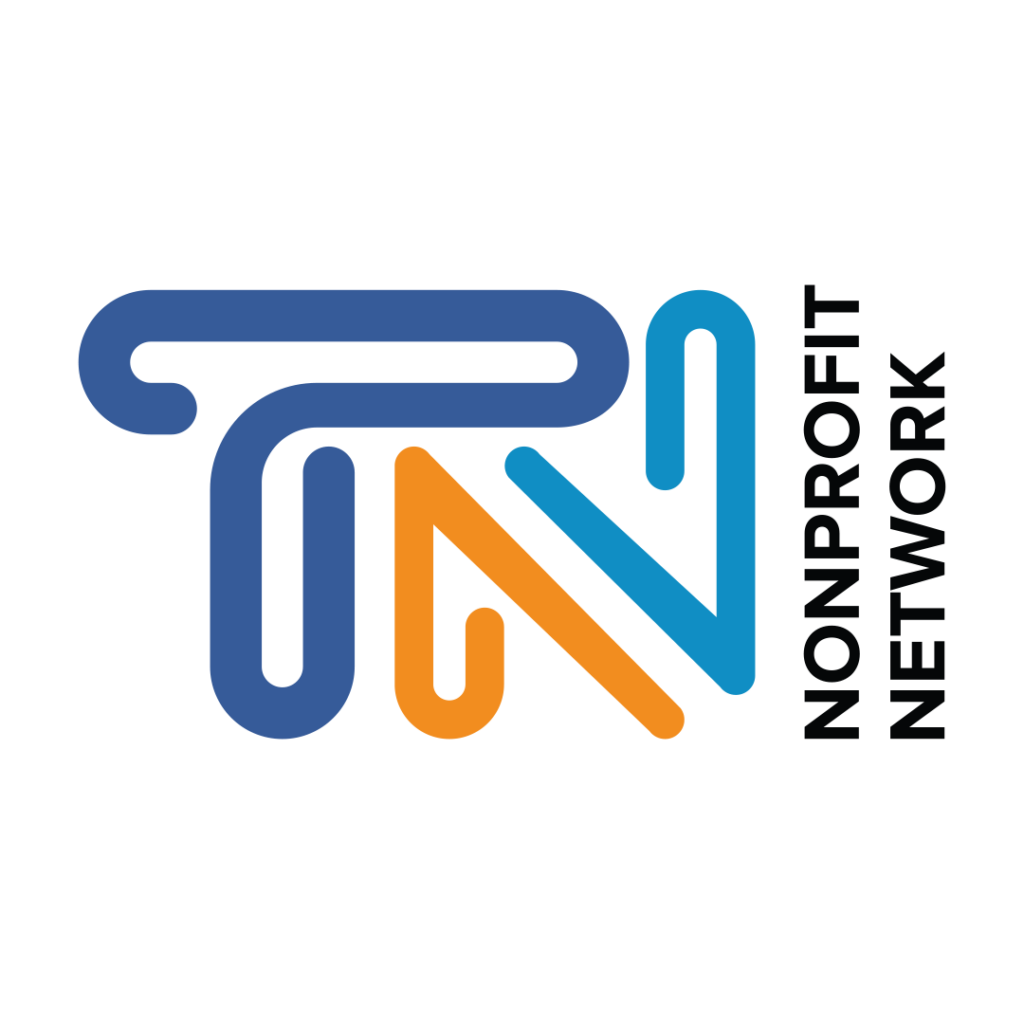by Kevin Dean, President & CEO, Tennessee Nonprofit Network
Nonprofit leaders wear so many hats and have so many competing priorities that stopping to breathe and make sure your employees are as effective as possible can seem like “just another job.” Yes, strategic planning, fundraising, and program management are crucial, but culture eats strategy for breakfast, as they say. Leadership isn’t just about making sure that the money is flowing in or the board has their agenda ready for the board meeting. Often what is overlooked is that the simple, one-on-one time with your employees can have a major impact on your organization’s health, either negatively or positively. The ability to coach and develop your team can be the difference between stagnation and sustainable growth. Coaching empowers individuals to reach their full potential and fosters a culture of collaboration, leading to more impact and less turnover.
Consider the moments when coaching can make a significant difference. Perhaps a team member is struggling to adapt to a new role, or a project is facing unexpected challenges. Maybe your organization is undergoing a period of transition, and you need to ensure your team remains aligned and motivated. These are the times when coaching can provide the support, guidance, and clarity needed to navigate complex situations and achieve success.
Enter Marshall Goldsmith, a world-renowned executive coach and author. Goldsmith has dedicated his career to helping leaders and their teams achieve positive, lasting change. His “Six Questions” framework is a distilled version of his coaching philosophy, offering a simple yet powerful tool for leaders to unlock the potential within their organizations. Asking these questions regularly and genuinely engaging with the answers creates a culture of trust, collaboration, and continuous improvement.
Let’s delve into how you can adapt these questions to foster a culture of growth and collaboration within your nonprofit organization.
1. Where are we going?
Begin by aligning your team with the organization’s overarching mission and vision. Discuss the impact you aim to achieve and the strategic goals that will guide your efforts. Encourage your team members to share their perspectives and ideas, fostering a sense of collective ownership.
2. Where are you going?
Shift the focus to individual aspirations and goals. How do each team member’s roles contribute to the broader mission? By connecting individual goals with the organization’s purpose, you create a sense of meaning and motivation.
3. What are you doing well?
Recognizing and celebrating achievements is crucial for morale and engagement. Encourage your team members to reflect on their strengths and accomplishments. This not only boosts confidence but also helps identify areas where they can continue to excel.
4. What changes can lead to improvement?
Foster a culture of continuous learning and growth. Openly discuss areas where individuals can enhance their skills or knowledge. Remember, coaching is about supporting development, not criticizing shortcomings.
5. How can I help?
As a nonprofit leader, your role is to empower and support your team. Ask this question genuinely and be prepared to offer guidance, resources, or mentorship. By demonstrating your commitment to their success, you strengthen trust and collaboration.
6. What suggestions do you have for me?
Create a feedback loop to foster mutual learning and growth. Encourage your team members to share their perspectives on your leadership style and how you can better support their efforts. This demonstrates humility and a willingness to improve.
To maximize the impact of Goldsmith’s Six Questions, consider incorporating them into your regular one-on-one meetings with team members. Start by establishing a safe and supportive environment where open communication is encouraged. Frame the questions as a collaborative exploration rather than a performance evaluation. Actively listen to the responses, ask follow-up questions, and offer guidance where appropriate. (You can even write them on a sticky note and have them handy. Whenever someone comes in your office, you have a cheat sheet ready!)
Never forget coaching is an ongoing process. Don’t limit these conversations to annual reviews or performance evaluations. Make it a habit to revisit these questions regularly, adapting your approach to the specific needs and challenges of your team. Having those six questions at your fingertips and employing them when you’re engaging your staff can take your organization from good to great in no time!
Additional Resources
For those eager to delve deeper into Marshall Goldsmith’s coaching philosophy and the Six Questions framework, consider exploring the following resources:
- Marshall Goldsmith’s website: https://marshallgoldsmith.com/
- “Triggers” by Marshall Goldsmith: This book provides valuable insights into the behavioral triggers that hinder personal and professional growth.
- “What Got You Here Won’t Get You There” by Marshall Goldsmith: This book offers practical strategies for overcoming self-limiting beliefs and achieving greater success. (Kevin’s note: This book was life-changing for me!)
